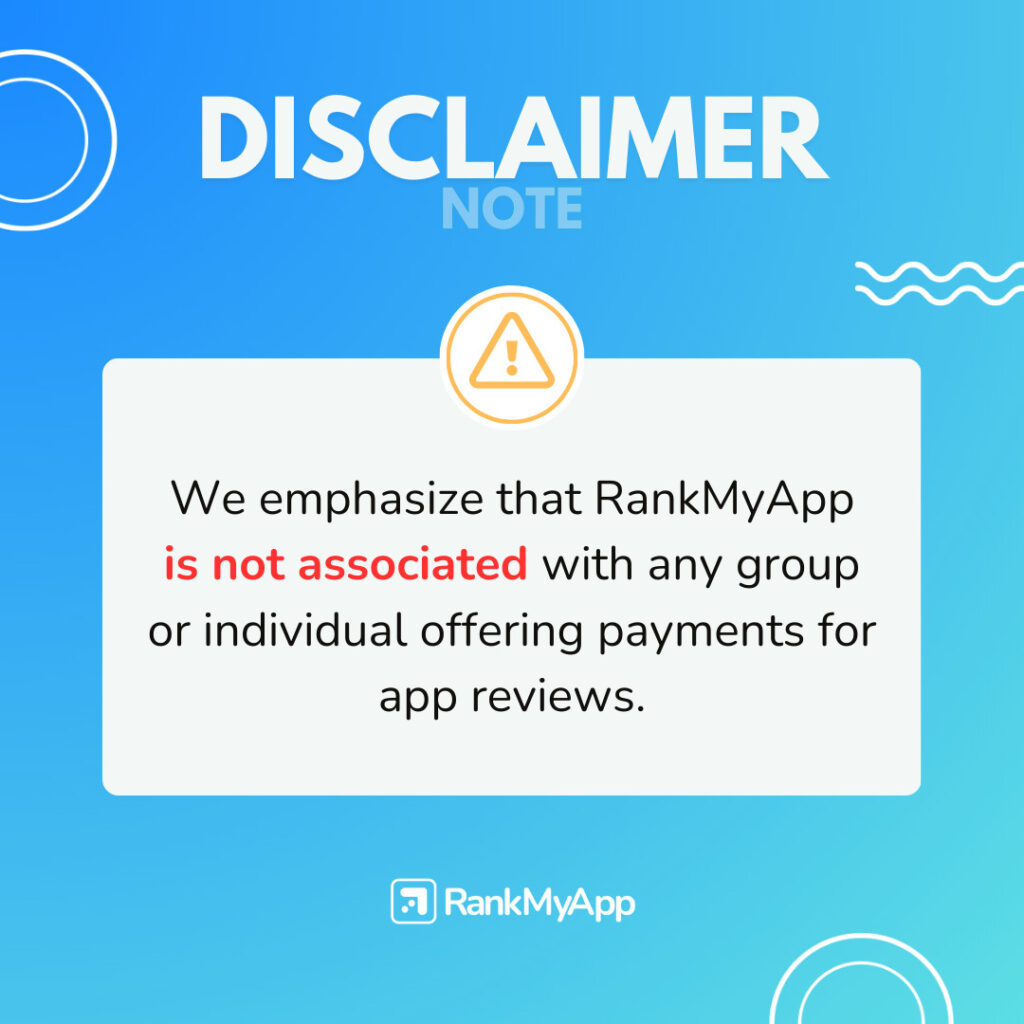In your opinion, what is the most important metric that an app can have? This is a hard question because we usually use more than one to discover different things about the app and its performance. More than ASO optimization, the success that apps have rests heavily on marketing strategies adopted.
But let’s talk about the lifetime value of the user, commonly known as LTV. The metric is considered an indicator to understand the health of the app, user loyalty, and the future of the app.
But what exactly is LTV?
The main function of this metric is to analyze how much value the user is to the app. But it can observe other elements of app performance, like we said before, the app’s growth and user retention.
But basically, the lifetime value of the user is what lets you know how much the user costs — mainly the new ones — and how much you should pay to keep them with you. This drives your app budget to invest in marketing. It can be calculated by three variables: monetization, retention and virality.
Monetization represents how much the user collaborates with your revenue. Everything that he does in your app, like shopping, bring good impressions, how many actions positively affects the app.
The retention represents how much the user is engaged with your app. It can be analyzed with how much time he spends in your app and is an user in potential, that indicates the health of your business.
The virality represents monetization and predicts how many more downloads the app will get because of that single user. Well, these three variables together represent the letter F. So we have a simple formula:
“LTV = F”
Discovering the numbers
Ok, we have a simple formula information that any of the elements represents, but how to measure them to apply it right? We’re going to explain!
First of all, for monetization, you need to know what is the average revenue of each user, to understand how much you gain according to the numbers of users you have. This account is simple, you just need to catch your revenue in a period of time and divide it by the number of total users.
We advise to do it monthly because it will be easier to identify your results per month. Consider that the active users are the one that clear basic thresholds of engagement and retention.
Understanding retention is a little bit easier, just identify how much time the user spends using your app. To discovery that number, you have to observe what is the churn of your app. Who leaves your app after using it for sometime?
And last but not least, virality. Actually, virality is really hard to find and sometimes it’s necessary to take it off the equation. Anyway, let’s understand how it works. You have to analyse how many referrals one user brings to the app and multiply it to get the revenue of the user, individually.
Conclusion
This crazy math of all these numbers is necessary to discover lifetime value and it can be important to identify if its worth investing in announcements, advertisement and any type of paid user acquisition.
You have to think that if the lifetime value number is bigger than the cost of user acquisition, any investment in marketing in that will bring positive results to your app.
I know you also want to know more about how paid user acquisition works and everything about ASO techniques, what do you think about talking with one of our specialists?






